Bunny Visits Sherman Gardens 8/29/2011
Great friends from Old Ranch
Off To Sherman Gardens For Lunch With Bunnaford
Susie went to Chicago to live and decoded to visit home after four months which threw Bunnaford into a frenzy. We finally decided to call her and demand she take a few hours off from "getting ready" to go have some fun. We were going to go to the Huntington Gardens but alas the heat wave indicated a 100 degree day was possible so we decided Sherman Gardens in Corona Del Mar was a better choice.
A 2.2 acre Corona del Mar horticultural retreat. The Gardens provide a museum of living plants, displayed amidst a setting of immaculate gardens, patios and conservatories linked together by wide brick walkways, beds blooming with seasonal flowers and bubbling tile fountains. The Library is a specialized research center devoted to the study of the Pacific Southwest.

Located on PCH in Corona Del Mar

We entered through the back door

From the world to a magical world
Cafe Jardin Was Our First Stop


Magnificent setting amongst the grounds


Food and presentation are outstanding... Great trout today
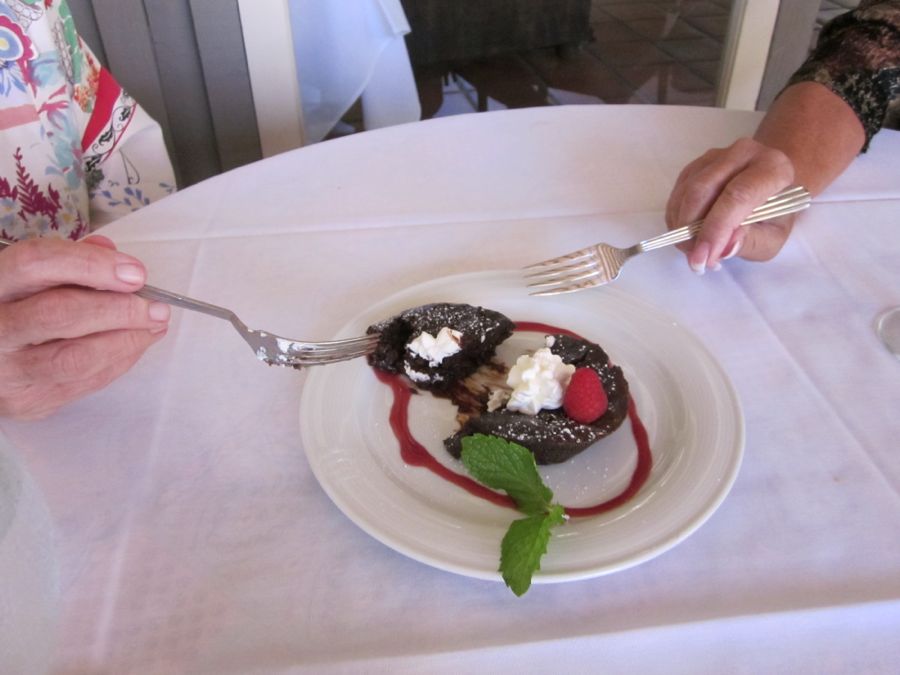
The girls tease Paul with the desert and would NOT share... sort of...



Shall We To The Cactus Garden?

The cactus gardens are amazing... They are tended very well

Where is Rango when we need him??

Can you see the "river" flowing through the cactus plants?

Polish this little guy up and it would be beautiful... Quartz

After some TLC
Did You Know? - Quartz is the second most abundant mineral in the Earth's continental crust, after feldspar. It is made up of a continuous framework of SiO4 silicon–oxygen tetrahedra, with each oxygen being shared between two tetrahedra, giving an overall formula SiO2. There are many different varieties of quartz, several of which are semi-precious gemstones. Especially in Europe and the Middle East, varieties of quartz have been since antiquity the most commonly used minerals in the making of jewelry and hard stone carvings.
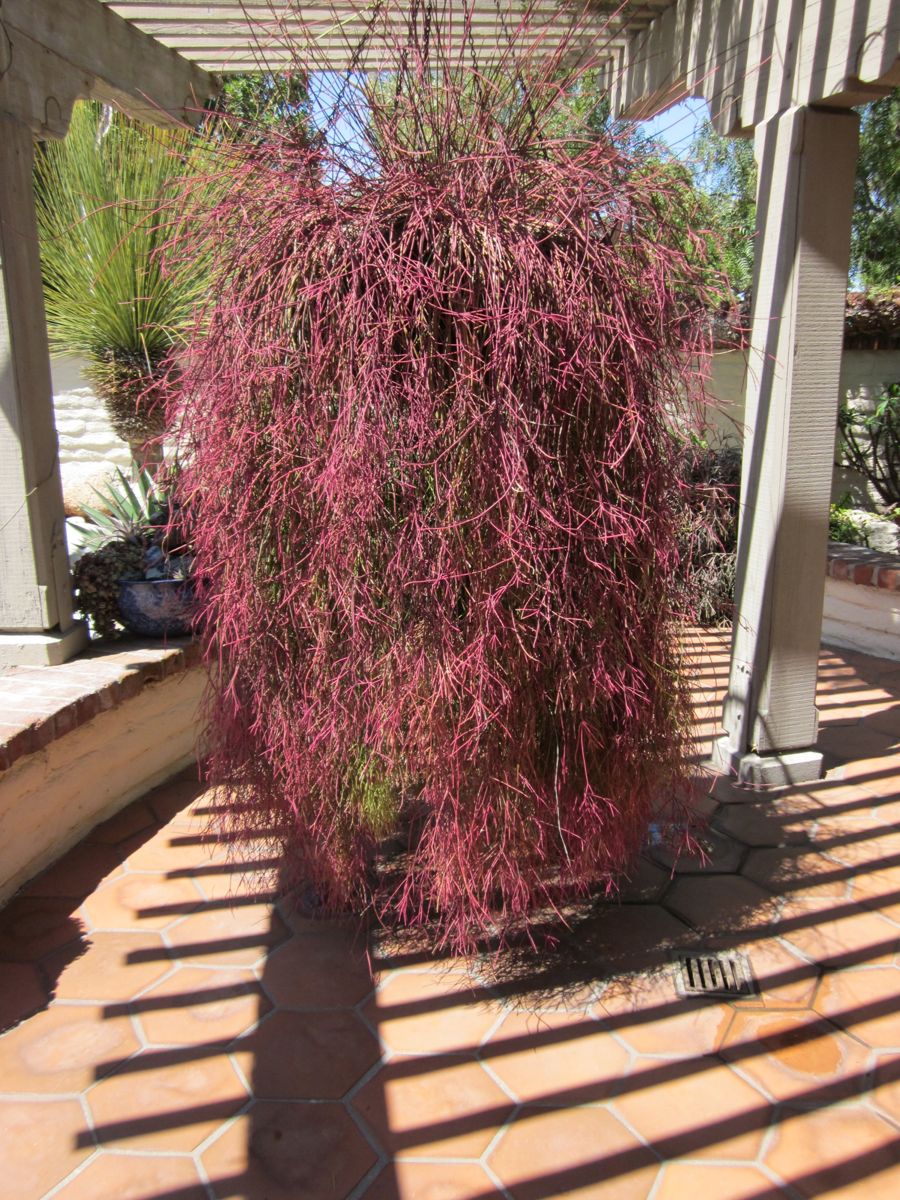
This cactus went wild....

Under the shade is located the adobe building and library
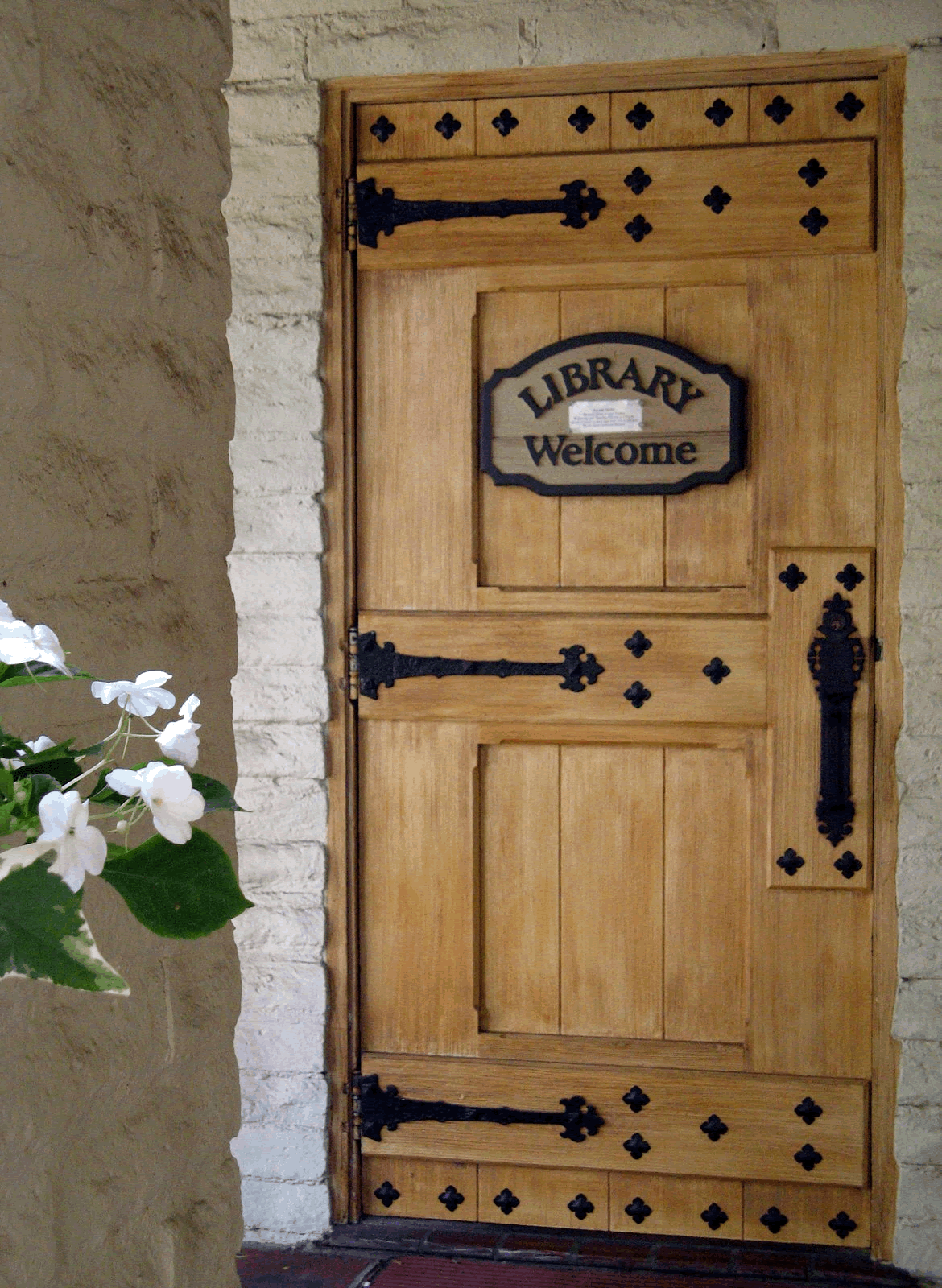
It was closed today but houses many books on the great southwest
To The Hanging Gardens

Fuchsia's everywhere
Did You Know? - Fuchsia (play /ˈfjuːʃə/ few-shə) is a genus of flowering plants that consists mostly of shrubs or small trees. The first, Fuchsia triphylla, was discovered on the Caribbean island of Hispaniola (present day Dominican Republic and Haiti) in 1703 by the French Minim monk and botanist, Charles Plumier. He named the new genus after the renowned German botanist Leonhart Fuchs (1501–1566).

The colors are magnificent


Pinker than pink

Love thnose vines
Did You Know? - A vine (Latin vīnea "grapevine", "vineyard", from vīnum "wine") in the broad sense refers to any climbing or trailing plant. The narrower and original meaning is the grapevine (Vitis).
Certain plants always grow as vines, while a few grow as vines only part of the time. For instance, poison ivy and bittersweet can grow as low shrubs when support is not available, but will become vines when support is available. Vine climbing a side member of a steel fixed ladder
A vine displays a growth form based on long stems. This has two purposes. A vine may use rock exposures, other plants, or other supports for growth rather than investing energy in a lot of supportive tissue, enabling the plant to reach sunlight with a minimum investment of energy.

Great pinks....
Did You Know? - The color pink is named after the flowers called pinks, flowering plants in the genus Dianthus. The name derives from the frilled edge of the flowers—the verb "to pink" dates from the 14th century and means "to decorate with a perforated or punched pattern" (possibly from German "pinken" = to peck). As noted and referenced above, the word "pink" was first used as a noun to refer to the color known today as pink in the late 17th century. The verb sense of the word "pink" continues to be used today in the name of the hand tool known as pinking shears.

Did You Know? - Pink is a mixture of red and white. Commonly used for Valentine's Day and Easter, pink is sometimes referred to as "the color of love." The use of the word for the color known today as pink was first recorded in the late 17th century.[2] Although pink is roughly considered just as a tint of red,[3][4] in fact most variations of pink lie between red, white and magenta colors. This means that the pink's hue is somewhat between red and magenta.
To The Rose/Dahlia Gardens
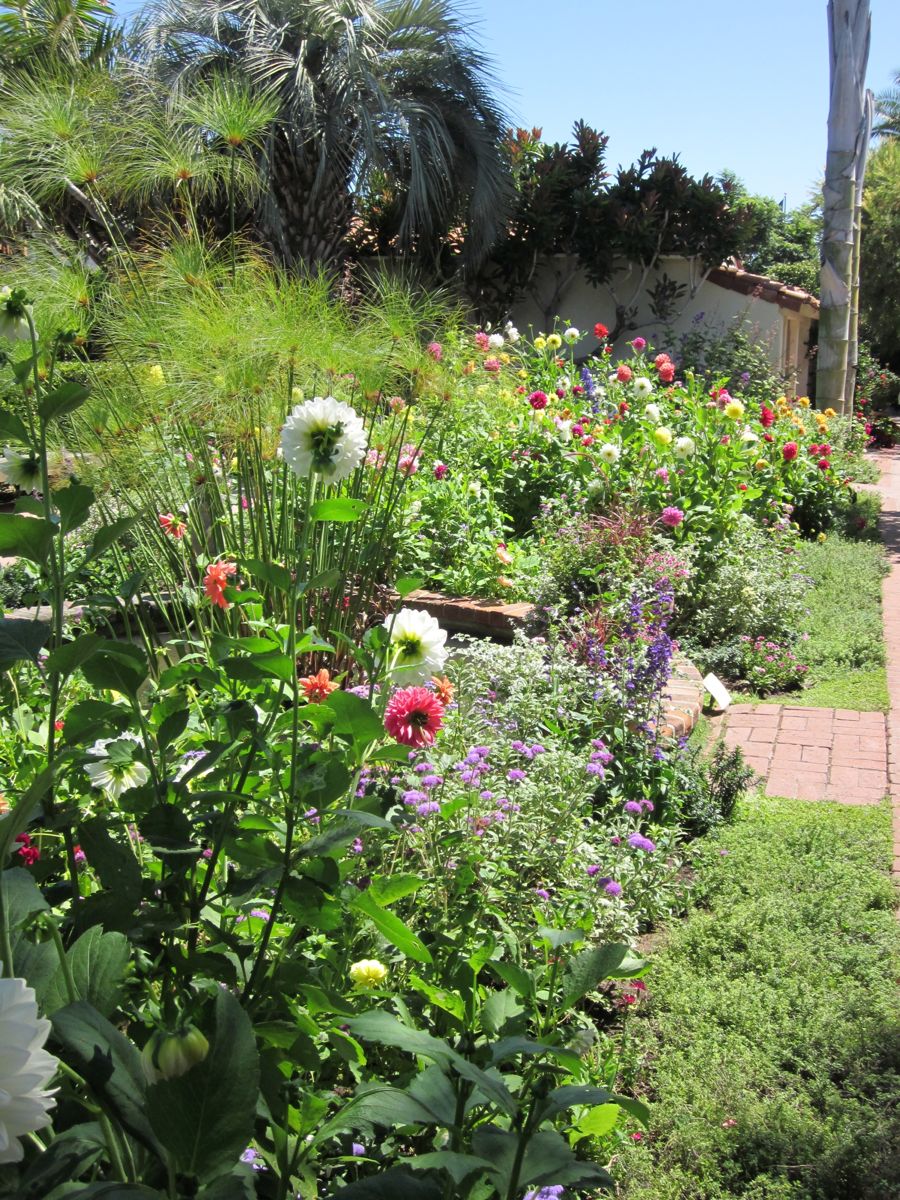
Mother Nature knows her colors

The turtles were out today

Very peaceful


Dahlia's were supersized
Did You Know? - The dahlia is named after Swedish 18th-century botanist Anders Dahl. In German the dahlia was known during most of the 19th century as Georgia, being named after the naturalist Johann Gottlieb Georgi of St. Petersburg, Russia.

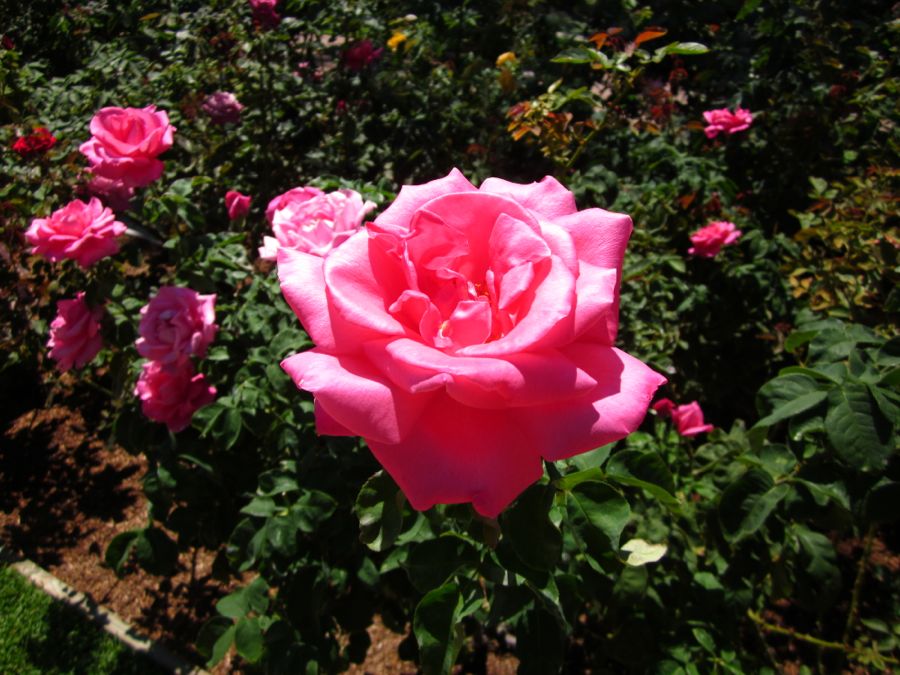
The roses were also in full swing this day

Paul had to tell the girls to stop monkeying around with the roses


To The Tropics And The Hot House


It was pretty warm and humid inside
Did You Know? - A greenhouse (also called a glasshouse) is a building where plants are grown. These structures range in size from small sheds to very large buildings. A miniature greenhouse is known as a cold frame.
The idea of growing plants in environmentally controlled areas has existed since Roman times. The Roman emperor Tiberius ate a cucumber-like vegetable daily. The Roman gardeners used artificial methods (similar to the greenhouse system) of growing to have it available for his table every day of the year. Cucumbers were planted in wheeled carts which were put in the sun daily, then taken inside to keep them warm at night.
The first modern greenhouses were built in Italy in the 13th century to house the exotic plants that explorers brought back from the tropics. They were originally called giardini botanici (botanical gardens). The concept of greenhouses soon spread to the Netherlands and then England, along with the plants. Some of these early attempts required enormous amounts of work to close up at night or to winterize.
There were serious problems with providing adequate and balanced heat in these early greenhouses. Today the Netherlands has many of the largest greenhouses in the world, some of them so vast that they are able to produce millions of vegetables every year.

Did we say color????








Bunny is enjoying the visit

The sketch reveals all.....

The Koi were happy to see us

Back Outside


Begonias everywhere


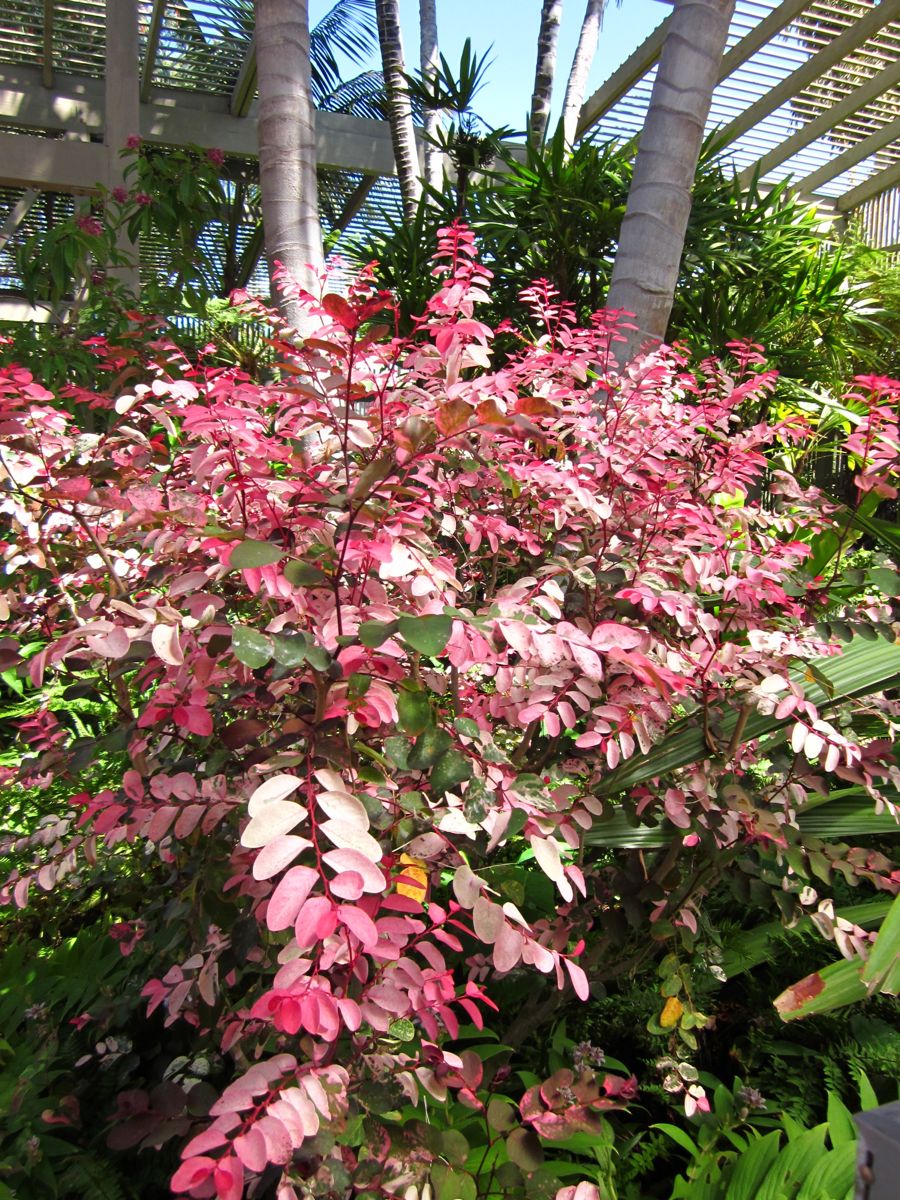


Time To Head Out And Return To The Real World


Bunny and Sue

Paul & Sue


Da bird, Da bird, Who got the bird????
